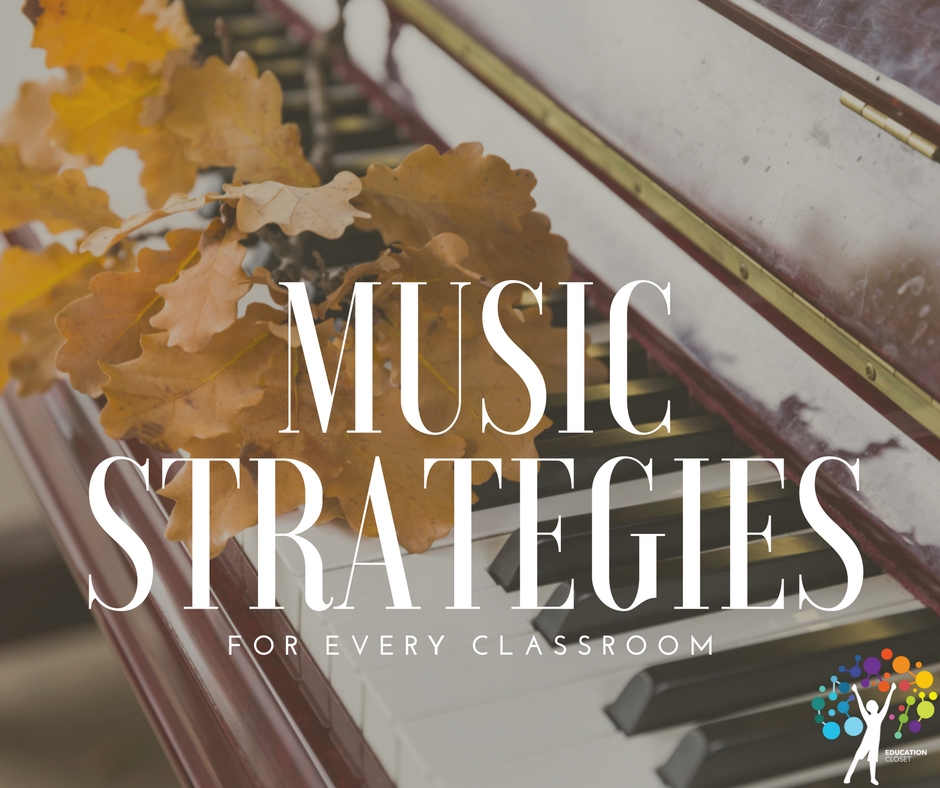Throughout the month of November, we will be focusing on arts strategies that you can use in any classroom to integrate across content areas. These posts will be short and sweet, with clear instructions to make embedding these strategies as simple as possible. After highlighting a set of key strategies, there will be a lesson plan provided each Friday that integrates one of these key strategies with a Common Core Standard.
Music is one of the hardest artforms for many to feel comfortable incorporating into a general classroom. As a music teacher by training, I certainly understand this hesitancy. Music can be an art that makes you feel exposed, either through playing and instrument or singing. Many times, I hear from teachers that “I can’t sing” or “I was terrible at music in school” for which I blame lack of high-quality training, not the individual. In fact, you don’t have to be “good at music” to successfully integrate and assess music skills and concepts. You just need to find an access point of music with which you feel comfortable, try out a few strategies, and communicate freely with your local music teacher. Take a look at a few key music strategies that can be integrated into every classroom.

Name Rhythms
This music strategy is used frequently in general music classrooms as a way to build student memorization skills, pattern recognition, and improvisation capacity. It can be used in Language Arts to build story composition or to synthesize a piece of text. In Math, it makes very natural connections with patterns, building math facts, and creating understanding of mathematical relationships.
Here are the steps:
1. Gather all students in a circle, seated on the floor.
2. Start by saying your name in an interesting way. IE: Mrs. Riiiiiiiiiiiiiiiiiley.
3. The next person must say their name in an interesting way and then repeat the person’s name that came before them as that previous person had expressed it.
4. Continue this until all the way around the circle. The last person must be able to do their name as well as everyone else’s (you can help, but only after they’ve given it a really good try).
5. Repeat the process, but this time instead of speaking the name, create a rhythmic pattern for your name using body percussion (ie: Mrs. – clap, clap Riley – pat, snap).
An extension to this may include choosing instruments that can produce a timbre/texture that students feel represents themselves and having them play it using the rhythms they chose for their names. For writing, students can write their chosen name rhythms using music notation, add them all together, and then practice reading their name composition fluently.
Tomorrow’s focus will be on two more music strategies. Have some to share? Questions about this technique? Go ahead and share below!



